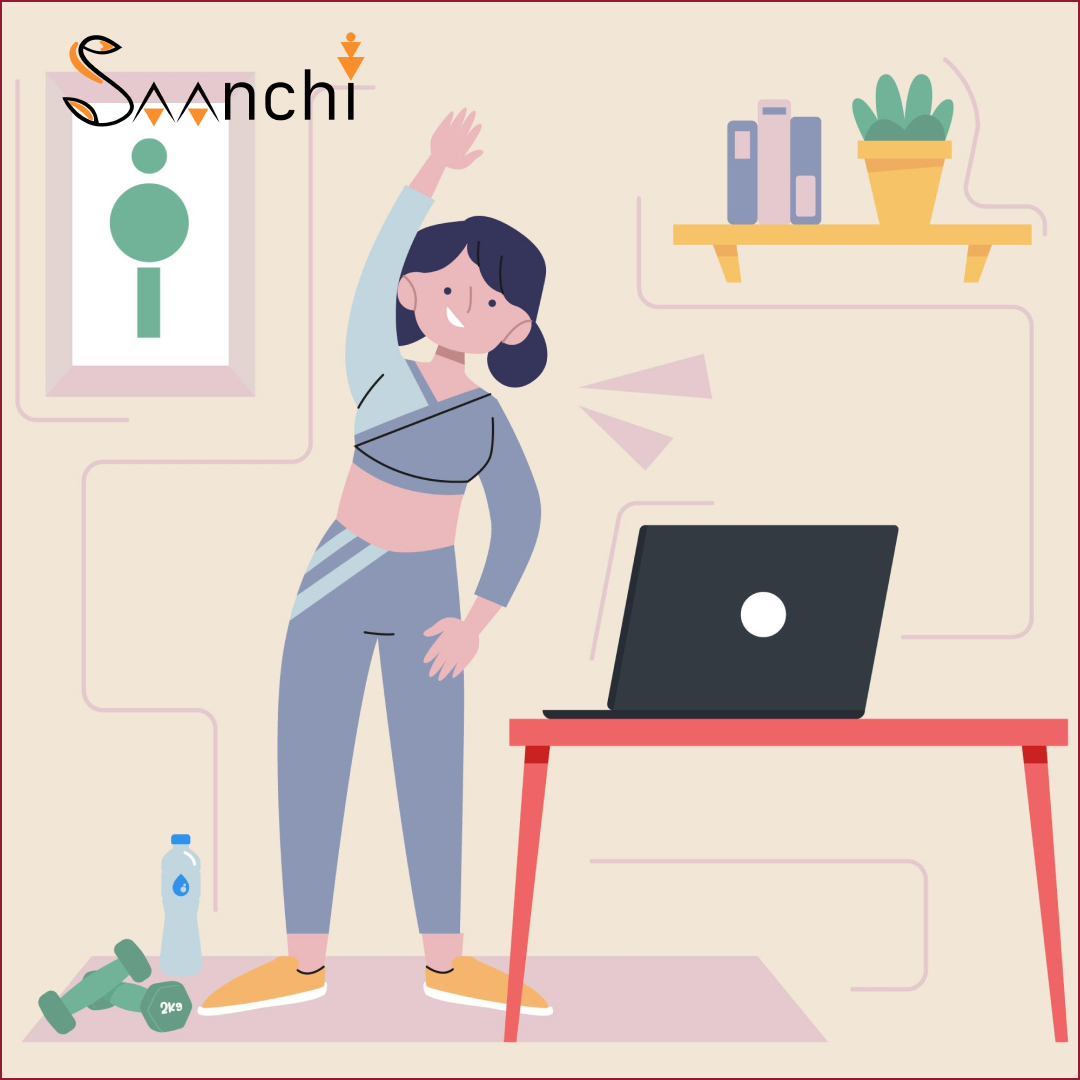Menstrual pain, commonly known as dysmenorrhea, is a monthly challenge for many women, impacting their daily routines, including work life. While some experience mild discomfort, others endure severe cramps that can make it difficult to focus or even function normally. Managing menstrual pain at work requires thoughtful strategies that can help maintain productivity while also ensuring well-being. In this blog, we’ll explore practical tips and techniques for managing menstrual pain effectively in a work environment.
Understanding Menstrual Pain
Menstrual pain occurs when the muscles of the uterus contract to shed its lining. These contractions can cause cramping in the lower abdomen, lower back, and thighs. For some women, this pain is accompanied by headaches, nausea, and fatigue, making it difficult to perform at their best at work. Understanding the nature of menstrual pain is the first step toward managing it effectively.
Preparing for Your Workday
Plan Ahead
If you know your menstrual cycle well, planning ahead can make a significant difference. Consider lightening your workload or scheduling less demanding tasks during the days when you expect to experience the most pain. This way, you can manage your responsibilities without overwhelming yourself.
Pack Essentials
Prepare a small kit with menstrual essentials that you can keep in your desk or bag. This kit might include pain relief medications like ibuprofen, a heating pad, sanitary products, and an extra pair of underwear. Having these items readily available can help you manage pain more effectively throughout the day.
Dress Comfortably
Wearing comfortable clothing can make a big difference when managing menstrual pain at work. Opt for loose-fitting garments that don’t put pressure on your abdomen. If your workplace has a more formal dress code, consider wearing stretchy fabrics that allow you to move freely.
Managing Pain During Work
Take Short Breaks
Sitting for long periods can worsen menstrual pain. If possible, take short breaks throughout the day to stand up, stretch, or walk around. This can help ease muscle tension and improve blood flow, reducing cramping and discomfort.
Practice Deep Breathing
Deep breathing exercises can be a simple yet effective way to manage menstrual pain. When you feel cramps starting, take a few minutes to close your eyes, breathe deeply, and focus on relaxing your muscles. Deep breathing helps to reduce stress and may also alleviate pain by increasing oxygen flow to your muscles.
Use a Heating Pad
If your workplace allows, consider using a small, discreet heating pad on your lower abdomen. Heat therapy is known to relax uterine muscles and relieve cramping. Portable heating pads that can be worn under clothing are a great option for providing continuous relief while you work.
Stay Hydrated and Eat Light
Staying hydrated is essential during your period. Drinking plenty of water helps reduce bloating and can ease menstrual pain. Additionally, eating light, balanced meals throughout the day can prevent energy crashes and help you feel more comfortable. Avoid heavy, greasy foods that might increase bloating or discomfort.
Communicating with Your Employer
Know Your Rights
It’s important to understand your rights when it comes to managing menstrual pain at work. Some workplaces offer sick leave or personal days that can be used if your pain becomes unmanageable. In certain countries or workplaces, menstrual leave policies may also be in place. Familiarize yourself with your company’s policies so you can make informed decisions about when to take a break if needed.
Open Dialogue
If you feel comfortable, consider having an open dialogue with your employer or HR department about menstrual pain. While this may seem daunting, many employers are becoming more aware of the impact of menstrual health on work performance and are willing to accommodate needs. Discussing flexible work options, such as the ability to work from home or adjust your hours during your period, might help you manage your pain more effectively.
Finding Balance Between Work and Self-Care
Managing menstrual pain at work requires a balance between fulfilling your professional responsibilities and taking care of your health. It’s essential to listen to your body and prioritize self-care, even during a busy workday. Remember that taking care of your health not only benefits you but also enhances your ability to perform well at work.


